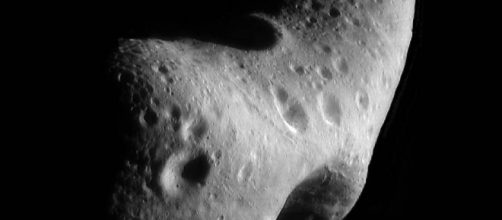NASA has selected the two next Discovery class missions to explore destinations in the solar system. One mission, Lucy, will visit a group of asteroids known as Trojans which share the orbit of Jupiter. The other mission, Psyche, will visit a huge, nickel iron asteroid. Discovery class missions are low cost that can be mounted in a relatively short time. Past examples of Discovery missions include Mars Pathfinder, Lunar Prospector, and Dawn, the latter having explored the asteroid Vesta and the dwarf planet Ceres.
Lucy will take off in October 2021, stop by a main belt asteroid in 2025 before proceeding on to explore some of the Trojans between 2027 and 2030.
Trojans are rocks thought to be left over from the formation of the solar system trapped in two stable Lagrange points where the gravities of Jupiter and the Sun cancel one another out, in the same orbit as the largest planet 60 degrees ahead and 60 degrees behind. Lucy will use advanced versions of some of the instruments that the New Horizons carried to Pluto and beyond.
Psyche will take off in October 2023, use an Earth gravity assist maneuver in 2024, a Mars gravity assist maneuver in 2025, and then arrive at 16 Psyche, a 130 mile diameter nickel iron rock, in 2030. 16 Psyche may be the core of a planet whose rocky exterior was stripped off in some fashion, perhaps by extended bombardment of other bodies during the early history of the solar system.
The asteroid orbits the sun in the main belt between 2.5 and 3.3 times the distance of Earth from the sun.
Both destinations are of great interest to space geologist because studying them will illuminate how the solar system, particularly planets such as Earth, were formed billions of years ago.
16 Psyche will eventually be of immense interest to asteroid miners as it represents the only known body of its type in the solar system. It has an immense store of iron and nickel and perhaps other metals yet to be determined, materials that could be used by future space settlers beginning later this century.

